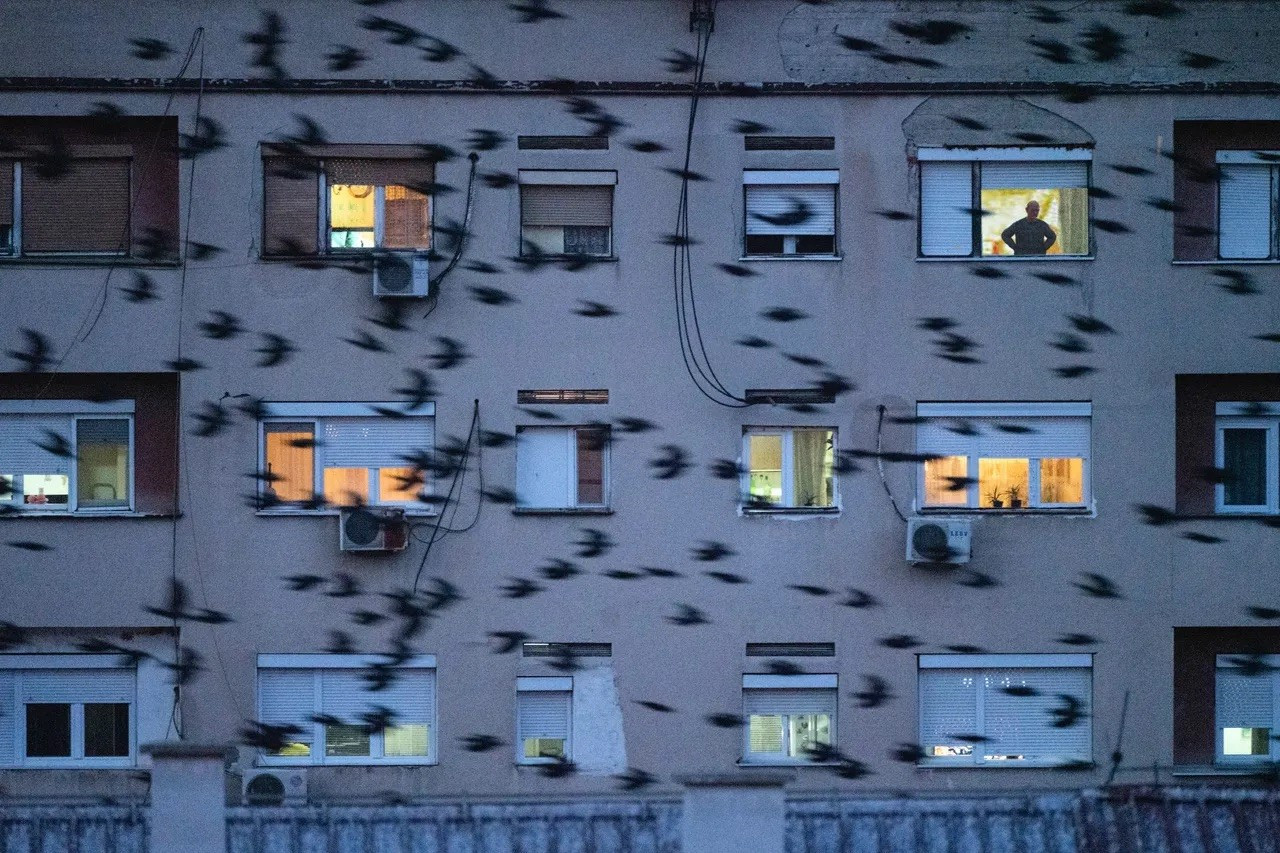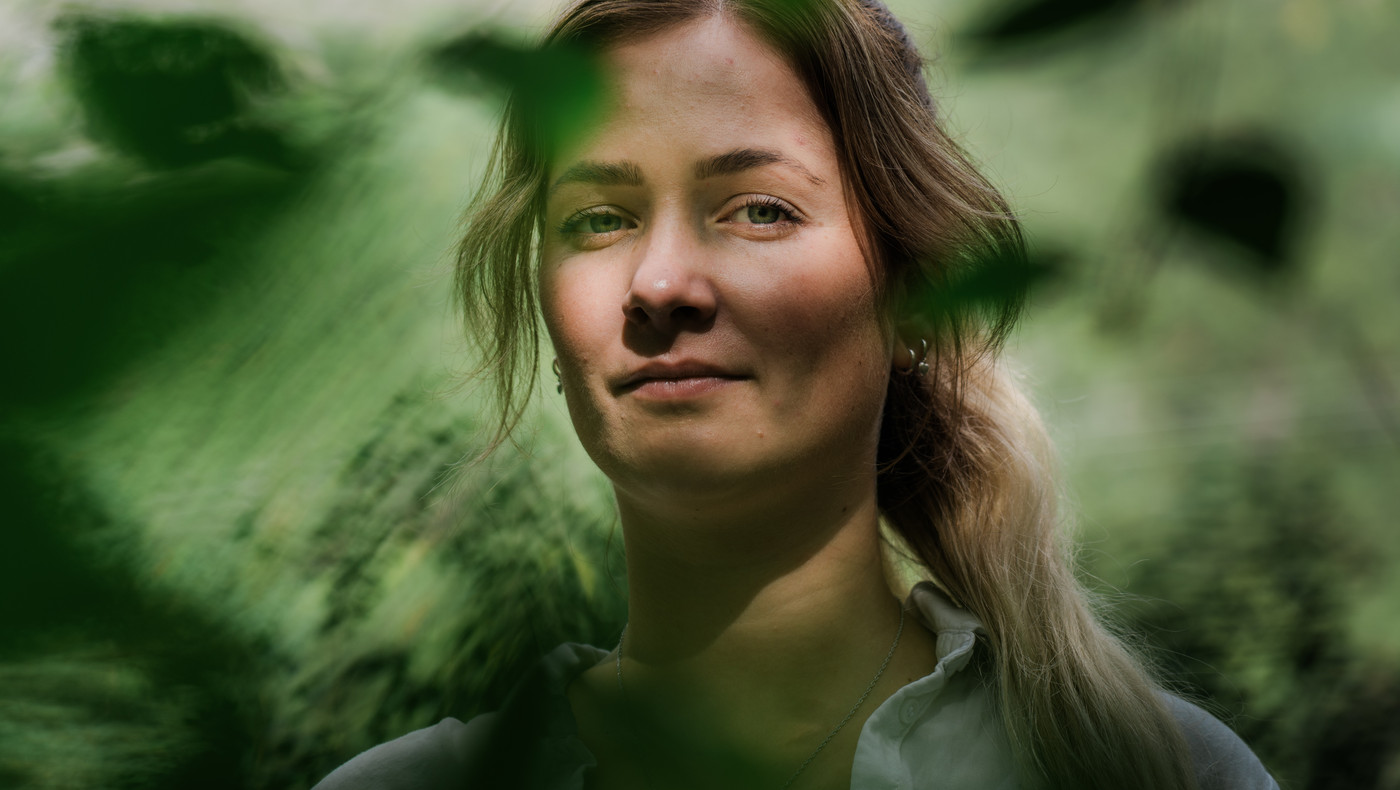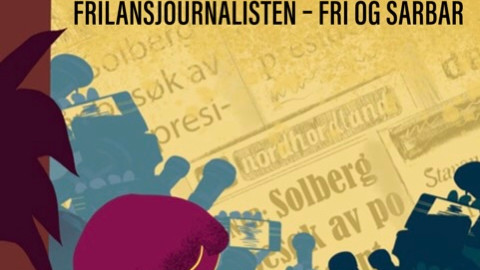Jonas Bendiksen, fake news, and new NJP photographers
Magnum photographer Jonas Bendiksen will present his book The Book of Veles at Fritt Ord’s premises at 6 p.m. on Tuesday, 1 March. The programme will also include talks with five of the new photographers chosen to participate in The Norwegian Journal of Photography (NJP).
Following Bendiksen’s presentation (scheduled for 6 p.m.), there will be a chat between him and moderator Andrea Gjestvang. Their talk will revolve around Bendiksen’s project, challenges related to fake news, manipulation, and credibility.
Since The Book of Veles was published, it has engendered considerable debate and amazement, not least among photojournalists and photography communities all over the world. Mainly carried out during the pandemic, Bendiksen’s project was published in autumn 2021. In it, the photographer tells the story of the North Macedonian city of Veles, which was a centre of the fake news produced during the election campaign in the US that ultimately led Trump to victory. Bendiksen visited the city before the sites were taken down, then spent the next 18 months finishing the project from his office in Norway.
Using advanced software, he created AI-generated human beings, animals and elements, placing them in pictures of empty streets that he had taken in Veles. The photographs appeared genuine, and Bendiksen did not reveal that they were manipulated. He also used artificial intelligence to caption the book.
“AI-generated images are becoming more and more convincing for every month that passes, and they are already actively used for commercial purposes. I began asking myself: ‘How long will it take before we start to see photojournalism and documentary photos that have no basis in reality beyond the photographer’s imagination and a powerful computer graphics card? Will we be able to tell the difference? How difficult would it be? How proficient will our own community of photographers and editors have to be to detect the differences between advanced forgeries and the real deal?’ I was so frightened by what the answers might have been that I decided to test the theory myself”, recounts Bendiksen in an interview on the Magnum website.
In addition to the story of Veles and the production of fake news, the book also discusses the old god by the same name, Veles. He was one of the most important gods in the pre-Christian heathen pantheon.
“In the ancient myths, he was a cunning god – a shape-shifter, a god of chaos, magic and deceit”, Bendiksen adds.
The photographer eventually came across the Book of Veles, purported to be an ancient manuscript found on charred wooden planks by a Russian Army officer in 1919. The planks bore inscriptions in Cyrillic letters. When a Russian scientist finally cracked the code, he discovered that it was an epic story about the early Slavic people and the god Veles himself.
“Things like this always arouse my interest: when stories start to melt together and become interwoven in surprising ways”, Bendiksen tells Magnum.
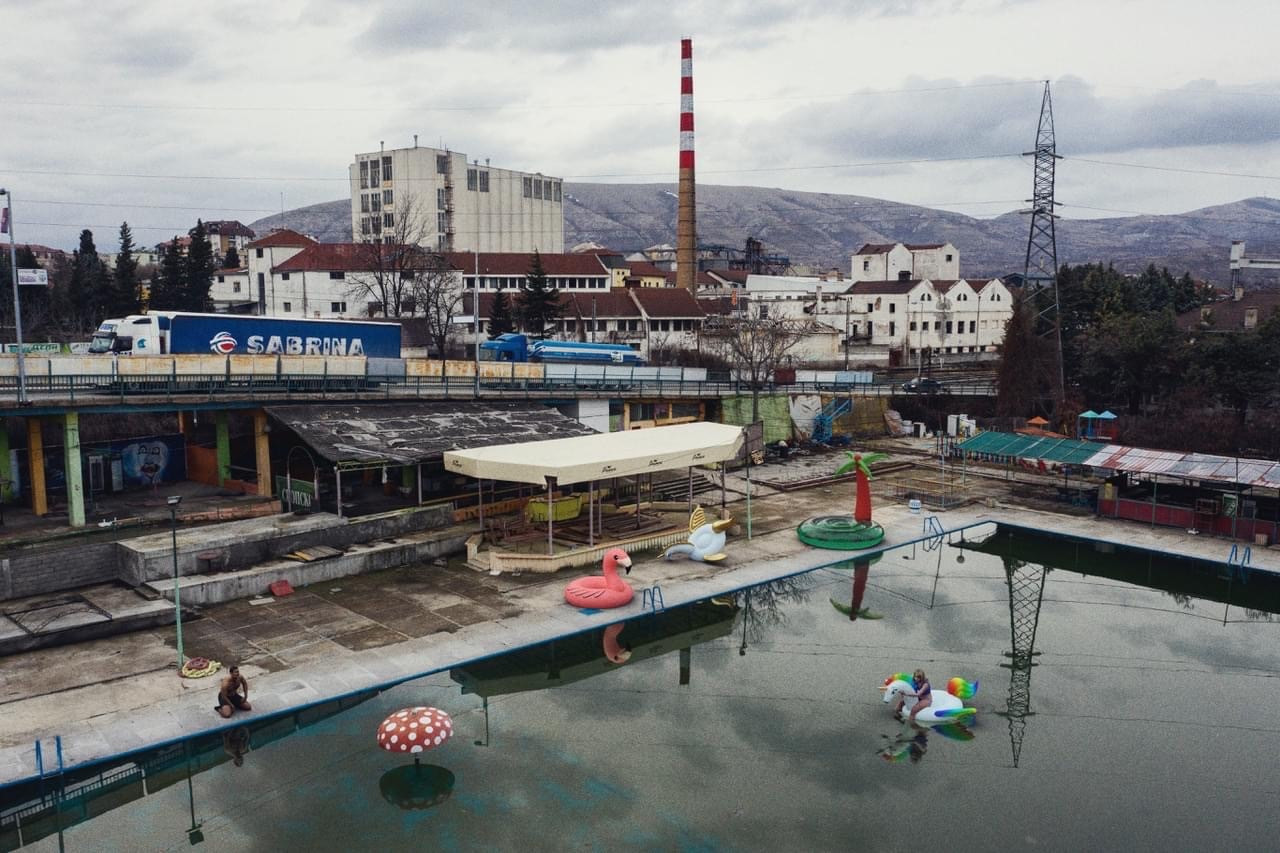
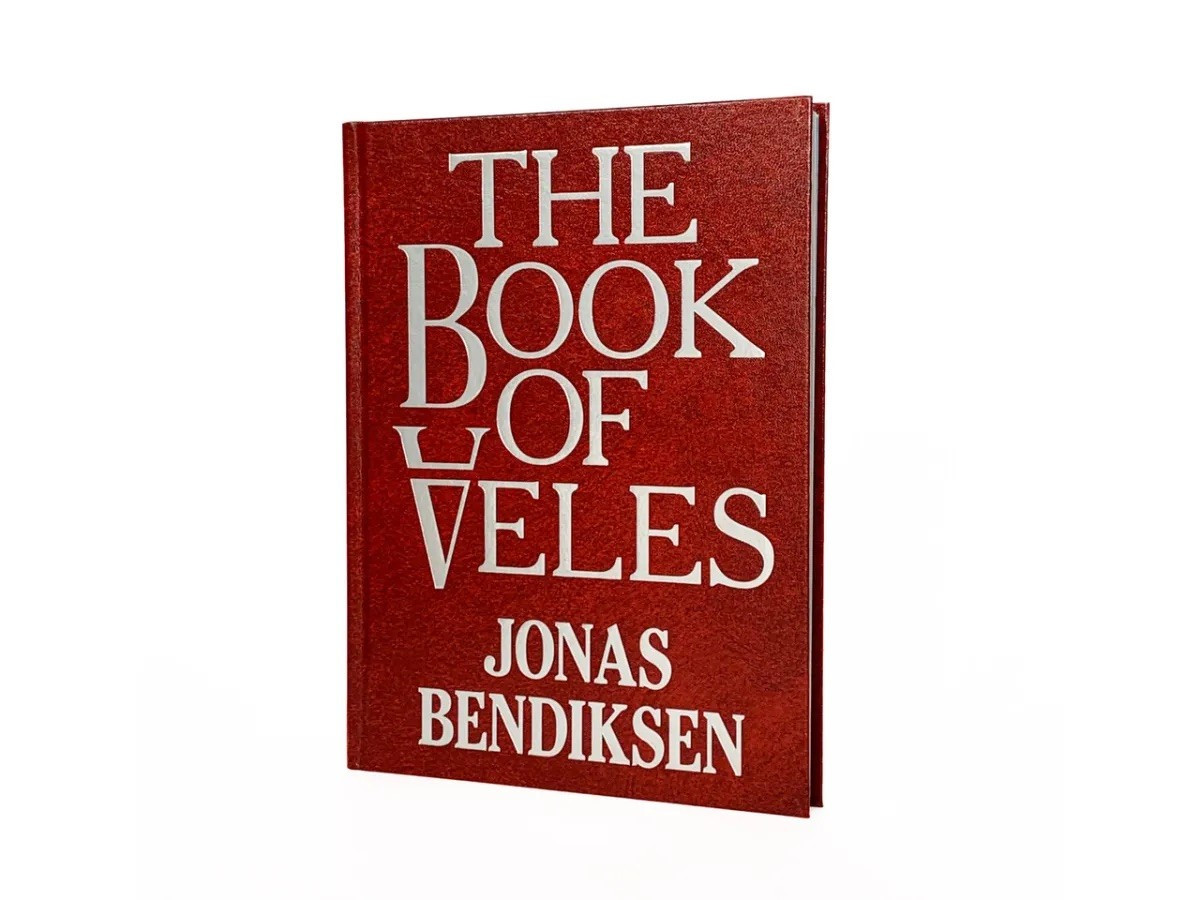
Jonas Bendiksen’s project not only focuses on the story about fake news. It also addresses the formidable challenges that arise when technology leads us as viewers to have trouble distinguishing between what is real and what is fake. It poses questions about credibility, discussing what and who we can trust.
“During the Trump years, I almost boiled over in frustration due to all the lies and disinformation that permeated the media. I read about Russian hacking, the role of Facebook and Twitter, ‘alternative facts’ and how the algorithms worked”, continues the Magnum photographer.
“Then I ran across a discussion stating that Veles had become this improbable hub of disinformation, and that the city had churned out fake news during the Trump election in 2016. When people realised that hundreds of fake news websites were located there, many major news organisations visited the city to make reports. Even President Obama mentioned it. I was fascinated by the notion that teenagers in faraway North Macedonia suddenly played a part in the US political landscape”, concludes Bendiksen.
New NJP photographers
At about 7 p.m., Andrea Gjestvang will introduce five of the new NJP photographers – Giulia Mangione, Lars Martin Hunstad, Simen R. Ulvestad, Erle Kyllingmark and Matthis Kleeb – for a chat session on stage.
The seminar is open to the general public. and will be held at the Fritt Ord Foundation’s premises at Uranienborgveien 2, Oslo, starting at 6 p.m. on Tuesday, 1 March.
